
Iron Arguments: Diet's Impact on Anemia in Armenia
Iron deficiency anemia is on the rise in Armenia, with approximately one in every six pregnant women affected. Despite this, the Ministry of Health has yet to conduct a comprehensive analysis of the causes of anemia or establish reference values for iron intake.
The first study published in 2023 revealed that over 80% of Armenia's population does not receive adequate iron intake through their diet. Additionally, only 5% consume animal products, which are rich sources of readily absorbed iron.
Furthermore, malnutrition is prevalent among residents across almost all regions of Armenia, including Yerevan. The staple foods of the provinces, such as potatoes and bread products, contain low levels of iron that are poorly absorbed by the body.
How does diet influence the onset of iron deficiency and anemia? Who is particularly at risk, and what are the best practices for combining foods to ensure adequate iron intake? Which foods should be included in the diet, and which ones should be avoided to meet daily iron requirements?
How can you identify if you have anemia, and what are the potential consequences if left untreated?
Anemia: What is it and how common is it in the world?
Anemia occurs when the number of red blood cells (erythrocytes) decreases, leading to a reduced ability to transport oxygen in the body. The primary oxygen transporter is hemoglobin, a protein found in red blood cells. When hemoglobin levels are low, oxygen transport to the body's tissues and cells slows down, resulting in insufficient oxygen supply.
Oxygen is essential for cellular energy production, vital for the body's functioning. Anemia can result in various consequences, including fatigue, weakness, dizziness, difficulty concentrating, impaired mental function, forgetfulness, insomnia, brittle hair and nails, heart disease, and can impact fetal development, potentially leading to premature births.
Anemia affects approximately 25% of the world's population. According to the World Health Organization (WHO), 40% of children under five, 37% of pregnant women, and 30% of women aged 15-49 have anemia. Iron deficiency anemia is the most common type, accounting for 66.2% of cases, as iron is necessary for hemoglobin synthesis.
The recommended daily intake of iron is 8 mg for men and women over 50, 18 mg for women of reproductive age, and 7-10 mg for children, depending on their age group. Iron is primarily obtained through diet, making a proper diet a crucial factor in preventing iron deficiency and the development of anemia.
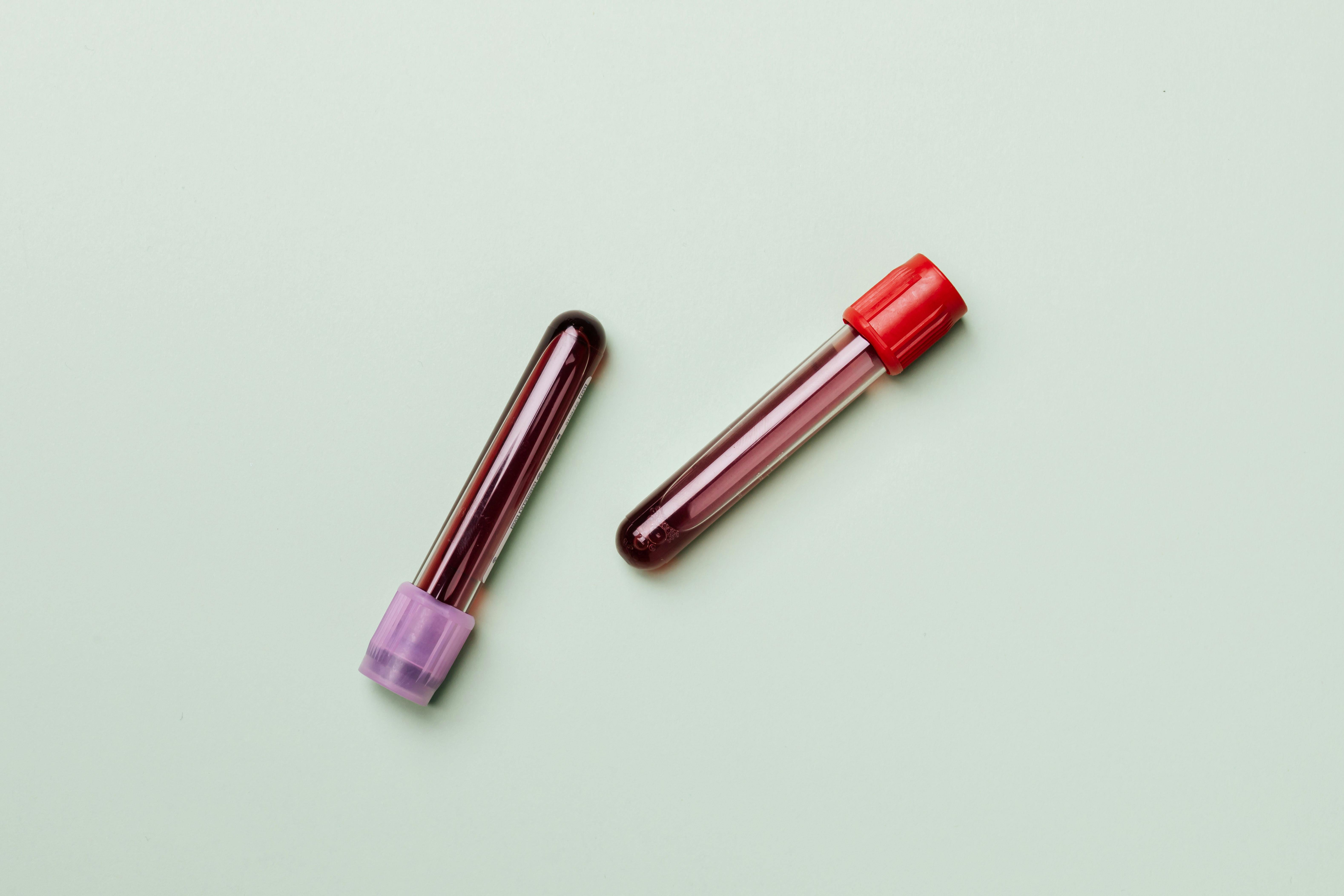
Increasing Cases of Anemia in Armenia
Not all data on anemia are collected in Armenia; only pregnant women and children are accounted for. According to the latest data published by the National Institute of Health (NIH) of Armenia, the number of anemia cases is increasing year by year.
Over 30 years, anemia cases among pregnant women in Armenia have increased by 25%. The lowest number of cases was recorded in 2005: 4042 cases.
From 2020 to 2022, data shows that approximately every sixth pregnant woman in Armenia has anemia, accounting for 15-17% of pregnant women.
Moreover, compared to 2020, anemia among pregnant women increased by 10% in 2022. It has mainly been reported as a complication of the birth and postpartum period; over the last 30 years, these cases have increased by 96%, nearly doubling.
From 2020 to 2022, anemia as a complication of the birth and postpartum period increased by 22%.
About 5% of the diseases registered in children under 2 years of age are anemia. In 2022, 3454 cases of anemia were registered among children. In terms of percentage, the number of anemia cases among children under 2 years old is highest in Lori Province, at 7%, and lowest in Yerevan and Vayots Dzor.
In other provinces, the prevalence of anemia among children ranges from 4% to 5%.
Unfortunately, these indicators are not comprehensive and reflect only cases of anemia among pregnant women, children aged 0-2 years, and adolescents up to fourteen years old.
The Ministry of Health does not have a complete picture either.
Lack of Clear Data on Iron Deficiency Anemia by Ministry of Health
Armenia's Ministry of Health lacks clear data on all sex-age groups of the population.
Hetq requested information from the ministry on the remaining age groups of the population, highlighting the incomplete data from the National Health Service. Initially, the Ministry of Health requested one month's time.
Later, it was revealed that "at the moment, about 2,000 patients/children and adults suffering from various types of anemia are being monitored at the Yolyan Hematology and Oncology Center.
The Ministry of Health clarified that patients with anemia due to iron deficiency are monitored in primary health care units (except for cases of severe iron deficiency in childhood), but the ministry does not report their numbers.
The ministry does not have data on the number of anemia cases due to iron deficiency either, as the cases "are not separated according to the pathology".
Additionally, the ministry lacks data analysis on the main cause of iron deficiency in Armenia, providing a rather general answer: blood loss, absorption disorders, and incorrect diet – information readily available through internet searches on "anemia". When asked about the Ministry of Health's policy to prevent or reduce the incidence of anemia, they responded that they do not have a specific policy to combat anemia.
"At the same time, we consider it necessary to inform that the 2021 plan of the RA government was developed by the Ministry of Health. By the decision N827-L of May 20, the "Program of measures aimed at promoting a healthy lifestyle" was approved, which includes measures aimed at promoting healthy nutrition".
Excerpt from MoH response
“Every Second Child Entering My Office Has Iron Deficiency," says hematologist
In Armenia, as well as globally, the primary cause of anemia is iron deficiency.
"Every second child who comes into my office has iron deficiency," says Anahit Zakharyan, a pediatric hematologist at the Yolyan Hematology Center and associate professor of the Department of Hematology and Pediatric Oncology at YSMU. "To put it conservatively, I see around 10-15 children a day, and most of them are initially diagnosed with anemia."
According to the hematologist, upon analyzing these visits, it often appears that the child's mother had iron deficiency anemia and failed to replenish her iron stores during the last trimester of pregnancy. Alternatively, the child may have been improperly fed, had limited breastfeeding, or did not receive adequate supplementary food from the age of 6 months.
"Beef meat should be introduced into the diet as a complementary food from 9 months of age, but this is often overlooked. Additionally, addressing the needs of premature infants is crucial; they should receive iron supplements from 15 days old if iron deficient. The absence of iron indicates that the newborn did not complete its full term in the mother's womb and, consequently, did not obtain the necessary iron from the mother," emphasizes the hematologist, highlighting that pregnant women should not hesitate to take iron supplements during pregnancy.
Zakharyan emphasizes the significant role of diet in children aged 0-5. According to her, a notable group among children are those who are given cow's milk during infancy, which is a major mistake as calcium inhibits iron absorption.
The hematologist notes that parents usually seek medical attention when the child's iron reserves are nearly depleted.
Recognizing the Symptoms of Anemia
There are certain signs that indicate a person may have iron deficiency and anemia. According to hematologists, the most common symptom is a general feeling of weakness and fatigue. In small children, for instance, a desire for constant cuddling may be observed.
Furthermore, iron deficiency can affect taste perception. Studies indicate that iron deficiency can impact appetite, resulting in cravings for non-nutritive substances like wall plaster, soil, or ice cubes.
Iron deficiency weakens the immune system, making individuals more prone to illness. Additionally, it can lead to poor hair quality and hair loss.
Those at risk of anemia include children under five years of age, women of reproductive age, pregnant and lactating women, individuals with chronic blood circulation and gastrointestinal conditions, as well as the elderly.
While iron deficiency is less common in men, anemia in males may be primarily attributed to conditions such as ulcer diseases, chronic bleeding, or fissures. Dysfunction of the thyroid gland, such as hypothyroidism, can also contribute to iron deficiency and the development of anemia.
Essential Tests for Diagnosing Anemia
To diagnose iron deficiency anemia, several fundamental tests are necessary. Hematologist Zakharyan emphasizes that the primary and most crucial test is a complete blood count with leukocytes and erythrocytes, which typically reveals a decrease in hemoglobin levels (although it may occasionally fall within the normal range in cases of iron deficiency).
Zakharyan says that during iron deficiency anemia, erythrocytes are generally unaffected or may even be slightly elevated, but their average volume is significantly reduced.
The next essential examination is an assessment of iron metabolism, with a focus on the level of iron stores, specifically ferritin.
In rare cases, disorders in iron transport may occur, in which case transferrin levels should be evaluated.

Dietary Research Findings: What Do People Eat in Armenia?
Studies from various countries suggest that up to 50%, or half, of iron deficiency may be attributed to diet.
Until recently, Armenia lacked research on the dietary habits of its population, making it unclear how diet contributes to the development of iron deficiency and anemia.
In 2023, the first and currently only study in the Caucasian region was published (available on the scientific journal "Nutrients") which examined the dietary patterns of the Armenian population across different regions and sex-age groups.
The study, which included 1,400 participants aged 18-80 from all provinces of Armenia, analyzed the intake of heme and non-heme iron and their dietary sources.
While both plant and animal foods contain iron, it's important to distinguish between heme and non-heme iron when assessing dietary iron intake.
Non-heme iron has low bioavailability and is absorbed at least 2.5 times less efficiently than heme iron. Heme iron, found in animal-derived foods such as meat, fish, and poultry, has high bioavailability and is well absorbed by the body.
Non-heme iron, on the other hand, is present in plant-based foods like legumes, nuts, seeds, fruits, and vegetables.
The research was conducted by the Ecocenter Food Chain Risk Assessment Center (Armenia's National Academy of Sceinces) in collaboration with the Italian Health Institute. Italian food toxicologist Alberto Mantovani, renowned for his extensive experience in identifying health-related issues, also participated in the study.
During the first year, the study focused on analyzing people's diets, while in the second year, samples of the most commonly consumed foods were collected for laboratory analysis. Afterwards, source analysis was conducted.
Samples were selected and tested to reflect how people typically use them in their daily lives, such as cooked rice and buckwheat.
Reference values for iron were adopted from internationally established standards, as Armenia has yet to conduct a study and establish its own reference values tailored to the health profile of its population.
AR (Average Requirement) represents the average daily intake that meets the basic needs of half the population. The minimum daily iron requirement is 6 mg for men and postmenopausal women, and 7 mg for women of reproductive age.
RDA (Recommended Dietary Allowance) is the recommended daily intake needed to ensure sufficient iron for most individuals. It serves as the basis for developing dietary guidelines.
The daily adequate intake of iron is 8 mg for men and postmenopausal women, and 18 mg for women of reproductive age.
The research findings indicate that a significant portion of the Armenian population consumes inadequate amounts of iron and may be at risk of iron deficiency anemia.
A majority of adults, including 65% of men, 80% of women, and 85% of women of reproductive age (18-29 years), consume less iron than the average requirement (AR) set by the EU Food Safety Authority (EFSA).
The consumption of heme iron-rich and animal products in the diet is low in Armenia, with only up to 5% of people obtaining heme iron through food.
89% of total iron intake is derived from plant-based sources, while only 11% comes from animal-based sources.
The primary sources of iron for respondents are bread products (approximately 33%), followed by fruits (28%), vegetables (15%), potatoes (7%), and dairy products (about 5.5%). These foods contain relatively low levels of iron, which is poorly absorbed.
Only 3-4% of research participants obtained iron from meat and meat products.
Women, compared to men, consume both heme and non-heme iron less frequently.
Overall, individuals aged 36-55 tend to consume relatively more iron in Armenia, while those over 80 consume the least.
"In the presence of a relatively low intake of total iron, a high proportion of iron from plant-based products and a limited intake of iron of animal origin can increase the risk of IDA due to the poor absorption of iron from plant-based diets and meals”
Excerpt from the research
Meat products and heme iron are most commonly consumed in Gegharkunik and least consumed in Armavir.
The highest average daily iron consumption is in the Ararat Province (19.57 mg), while the lowest is in Yerevan (14.70 mg).
However, on average, 84% of the Armenian population does not meet the required and sufficient daily iron intake (RDA). The situation is particularly severe in Yerevan, where 94.6% of the population falls short, whereas it is relatively better in Lori Province (73.2%).
On average, 65% of the Armenian population consumes less than the average daily requirement (AR) of iron. Again, Yerevan exhibits the poorest figures, with 87% of the population consuming iron below the average daily requirement. In contrast, the situation is relatively better in Lori (50%) and Gegharkunik (51%).
The Drawbacks of Enriching Flour with Iron
Davit Pipoyan, head of the Ecocenter's Food Chain Risk Assessment Center, sheds light on why the enrichment of flour with iron isn't a viable solution and can even pose risks. The idea of conducting research on this topic emerged years ago during discussions about enriching flour with iron in Armenia. However, the lack of data on food consumption in Armenia prompted further investigation.
For instance, Italy abandoned the idea of enriching flour with iron upon realizing that Italians consume a significant amount of flour-based foods. "Our research revealed different consumption patterns," says Davit Pipoyan. "Some individuals consume 100-120 grams of bread per day, while others consume 350 grams, which poses a challenge. When considering enrichment, we cannot overlook this variation in consumption. If we enrich flour with substances like folic acid (which can be carcinogenic in large quantities), would individuals consuming 350 grams daily not face health risks?" asks Pipoyan.
Pipoyan emphasizes that the decision to enrich flour with iron underscores the critical role of food in the occurrence of iron deficiency anemia. "Given the widespread consumption of flour-based products in our country, we must exercise caution in making any changes to these foods. We cannot disregard the rights of individuals who consume large quantities of bread," Pipoyan adds.
While the research findings were presented to the Ministry of Health, Pipoyan says the issue is multifaceted. Addressing the problem requires collaboration not only from the Ministry of Health but also from other sectors such as the Ministry of Labor and Social Affairs and the Ministry of Economy. Pipoyan stresses that promoting a diverse diet, including foods like red meat and fish, is essential. However, these foods are often costly, presenting additional challenges.

Widespread Malnutrition: Potato and Bread Dominated Diets in Most Armenian Regions
Official data reveals a decrease in the poverty rate in Armenia from 27% to 25% between 2020 and 2022. However, during the same period, the average daily caloric intake in Armenia has decreased, indicating an increase in malnutrition.
The World Health Organization (WHO) recommends that adults consume an average of 2,000-2,500 kilocalories (kcal) per day (2,500 kcal as per Eurasian Economic Union norms) to maintain normal bodily functions.
However, recent data from Armenia's National Statistical Service indicates that people in almost all provinces of Armenia, including Yerevan, consume approximately 1,800 kcal per day, falling below WHO standards and indicating malnutrition.
The situation is particularly dire in Shirak and Armavir provinces, where the average daily caloric intake in 2022 was 1,498 kcal and 1,531 kcal respectively, representing a significant 35% shortfall from recommended norms.
In 2022, only Syunik (with an average daily consumption of 2,212 kcal) and Aragatzotn (2,157 kcal) regions met the recommended dietary norms.
Yerevan's average daily caloric intake stands at 1,787 kcal, approximately 200 kcal lower than in 2021.
This trend of calorie reduction is evident across almost all regions, with only Aragatzotn showing a slight increase of 80 kcal in average daily consumption compared to 2021, while Syunik maintained the same level at 2,212 kcal.
In addition to widespread malnutrition, a significant portion of Armenia's population relies heavily on bread products and potatoes as staple foods. These items are low in essential micronutrients, including iron.
For instance, in Armavir Province, approximately 70% of the diet of one-third (35%) of the population consists of potatoes and bread products. This proportion is followed by Gegharkunik Province at 20.9%, Shirak at 13.3% (which also has the highest poverty level of 30-40%), and Lori at 12%.
In Yerevan, the consumption of potatoes and bread products is relatively lower, accounting for 4.6% of the majority's diet. Vayots Dzor Province has the lowest consumption of potatoes and bread products, at 0.5%.
Overall, in 2022, data shows that potatoes and bread products constituted 70% of the diet for an average of 11.3% of the population in Armenia, which is twice as much as in 2021.
Only two regions saw a decrease in this indicator. In Aragatzotn, the proportion decreased by more than two times, from 9.3% to 4.1%, and in Ararat Province, it decreased from 9.2% to 7.8%.
"Our diet is clearly directed to 'provide' iron deficiency anemia" - dietician
Dietary expert Armen Mkrtchyan, a lecturer at Yerevan State Medical University, highlights the concerning dietary patterns in Armenia that contribute to iron deficiency anemia. He emphasizes that caloric deficiency, coupled with excessive consumption of potatoes and bread products and a severe lack of animal-based foods, serves as a clear indication of iron deficiency.
"When we have all these confounding factors - high amounts of low bioavailability foods contrasted with severe deficits of high bioavailability foods - yes, we can clearly say that such diets can also lead to iron deficiency states," says Mkrtchyan.
Moreover, Mkrtchyan stresses the significance of not only what a person eats but also how they consume their food and what combinations they make. He points out that dietary combinations in Armenia are often incomplete, with many foods hindering iron absorption.
"For example, legumes contain phytates, which significantly reduce iron bioavailability. Soaking legumes before use can help remove some of the phytates," says Mkrtchyan.
Similarly, spinach and other green leafy vegetables, while rich in iron, have poor bioavailability due to oxalates they contain. Mkrtchyan also highlights the interference of tea and coffee with iron absorption due to polyphenols and tannins present in these beverages.
Mkrtchyan recommends consuming foods rich in Vitamin C alongside non-heme iron sources to enhance absorption. Fresh fruits and vegetables are particularly beneficial as they retain their Vitamin C content.
While red meat is a good source of heme iron, Mkrtchyan advises moderation due to its potential carcinogenic effects. Incorporating apricots, black plums, parsley, and green peppers into the diet as alternative sources of iron and Vitamin C.
Mkrtchyan emphasizes the importance of educating the population about proper dietary practices to mitigate the risk of iron deficiency anemia. He stresses that current dietary trends in Armenia are conducive to iron deficiency anemia and advocates for comprehensive educational initiatives to address this issue.
Gastrointestinal Diseases prevent Iron absorption, says gastroenterologist-dietitian
It's possible to obtain sufficient iron from food by properly combining it, but absorption issues can lead to iron deficiency.
Gastroenterologist-dietitian Vardanush Petrosyan notes an increase in cases of iron deficiency and anemia among her patients. She stresses that several factors can worsen iron absorption.
"In gastrointestinal issues, ranging from gastritis and Helicobacter pylori infection to chronic ulcerative diseases and tumors, iron absorption may be significantly impaired. Bariatric gastric surgeries, popular for weight reduction in Armenia, drastically decrease iron absorption, often leading to iron deficiency and subsequently anemia," says Petrosyan.
Parasitic diseases of the digestive system, particularly worms and ascarids, are common culprits behind poor iron assimilation.
Petrosyan highlights that complaints characteristic of intestinal diseases, for example, during an ulcer disease, there may be heartburn, pain, swelling, and in the case of worms, there may be no complaints at all.
However, she observes that people often overlook such complaints, similar to how they dismiss anemia symptoms by attributing fatigue and weakness to "hard times."
"Research indicates iron deficiency as the underlying cause. Once iron levels are restored, fatigue and weakness diminish rapidly," Petrosyan says.
Petrosyan also attributes "tired legs syndrome" to iron deficiency, noting that individuals often seek help from rheumatologists and veinologists for this condition.
Therefore, addressing gastrointestinal issues is crucial for enhancing iron absorption and preventing deficiencies.
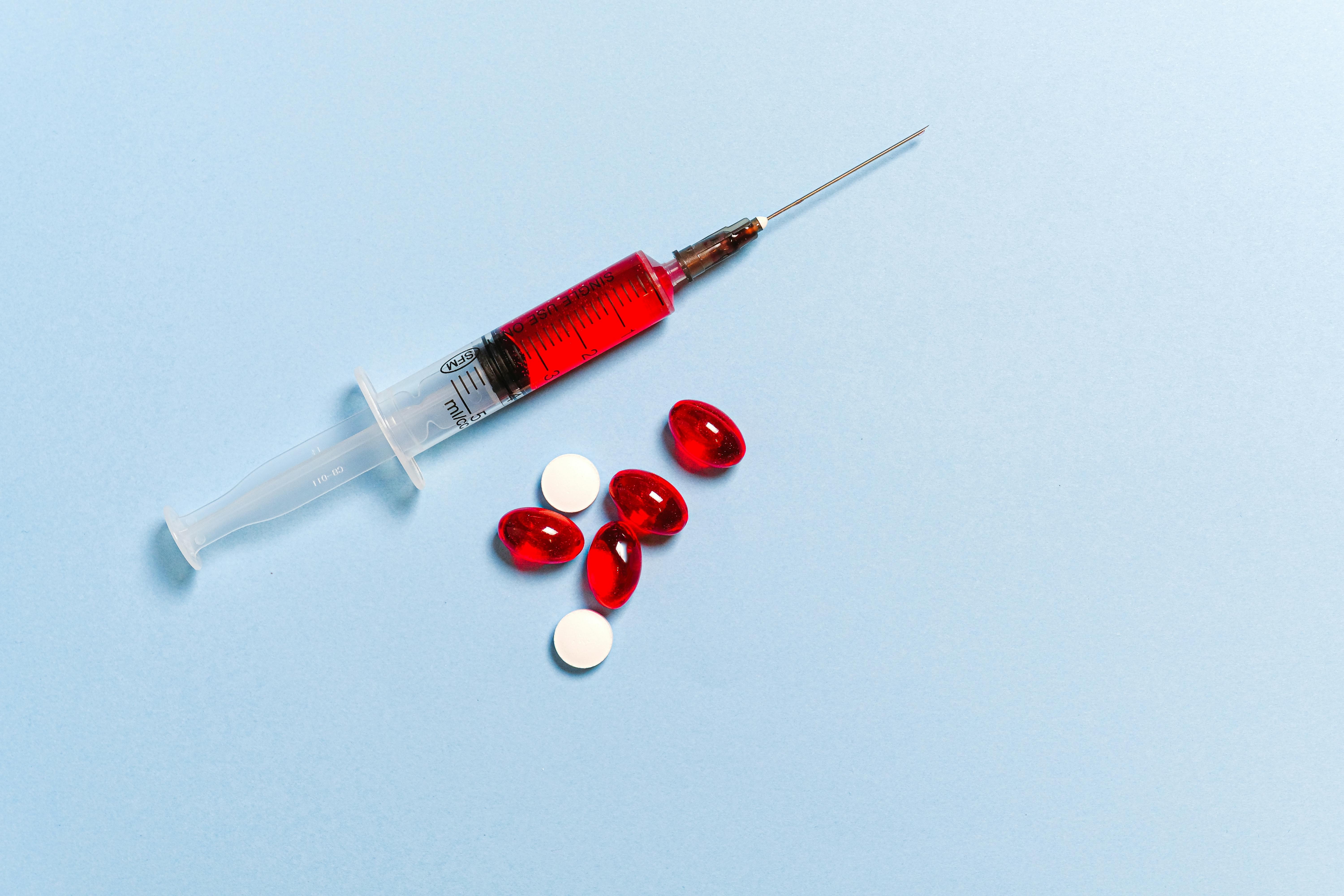
Consequences of Untreated Iron Deficiency Anemia
Iron is often referred to as the "metal of life," and not just because it boosts hemoglobin levels.
"It plays a crucial role in maintaining muscle tone, facilitating tissue respiration, actively participating in overall metabolism, and aiding in antibody synthesis," explains hematologist A. Zakharyan. "Without iron, numerous essential processes are disrupted."
While iron deficiency doesn't directly impact the nervous system like vitamin B12 deficiency does, the hematologist highlights its effects on work performance, concentration, memory, and cognitive functions.
Gastroenterologist-dietitian V. Petrosyan draws an analogy, likening living with iron deficiency and anemia to attempting to drive a car without fuel. "Every day without treating anemia takes a toll on your body, emphasizing the importance of replenishing iron levels. The body, which should function at 100% capacity, operates at only about 40-50%. You may feel lively in the morning, go about your day, but essentially, you're living only 30% of your life, like being in a bad movie without realizing it," Petrosyan explains.
While medication is the primary treatment for iron deficiency anemia, the hematologist stresses the importance of starting treatment with a well-balanced diet.
"A diet rich in easily absorbable iron sources is essential. Red meat, such as beef, is a natural source of protein and iron," notes hematologist A. Zakharyan. "Additionally, consuming a small amount of alcohol can aid in iron absorption."
Impact of Cereal Products on Iron Absorption: FAO Study
One of the leading causes of widespread iron deficiency in Armenia is the limited availability of iron-rich foods, as confirmed by Oxfam's reports in 2016 and 2019.
Additionally, a lack of proper nutrition education and knowledge about iron sources contributes to this issue. For instance, a study conducted among the adult population of Yerevan revealed that general nutritional knowledge is only at 24.1%.
According to studies by the United Nations Food and Agriculture Organization (FAO), factors such as the presence of iron absorption inhibitors in cereal products (e.g., phytates and tannins), infrequent consumption of meat due to its high price, and seasonal variations in the intake of strengthening fruits and vegetables, alongside frequent consumption of coffee and tea which inhibit iron absorption, can all contribute to anemia among Armenia's population.
Recent data from the UN World Food Program (WFP) highlights that in Armenian families where food security remains unresolved, diets are lacking in iron-rich foods like meat and fish. This inadequacy is particularly pronounced in the northwest of Armenia, where there's also a high prevalence of malnutrition among children under 5 years old.
The fifth analysis of food security and vulnerability conducted by WFP from December 2022 to January 2023 indicated that 30% of households in Armenia lack adequate food, while 44% are somewhat food secure. According to WFP, this suggests that in the event of new shocks or prolonged crises, more than half of the population could face food insecurity.
Food insecurity is notably higher in rural areas of Armenia at 34%, slightly lower in cities at 31%. Gegharkunik and Lori provinces have the highest rates of food insecurity at 39%, followed by Shirak and Tavush at 36%. Conversely, Armavir and Syunik have lower rates at 27% and Yerevan at 24%.
An analysis of food security indicates that households headed by women experience greater food insecurity compared to those headed by men. Additionally, food insecurity is influenced by the level of education, with lower education levels correlating with higher levels of insecurity.
Translated by Tatev Khachatryan
Main Photo: Tatev Khachatryan
------------------
The project was implemented with the financial support of the Media Initiatives Center within the framework of the "Creation of Independent Media Content" grant program.
 Videos
Videos Photos
Photos
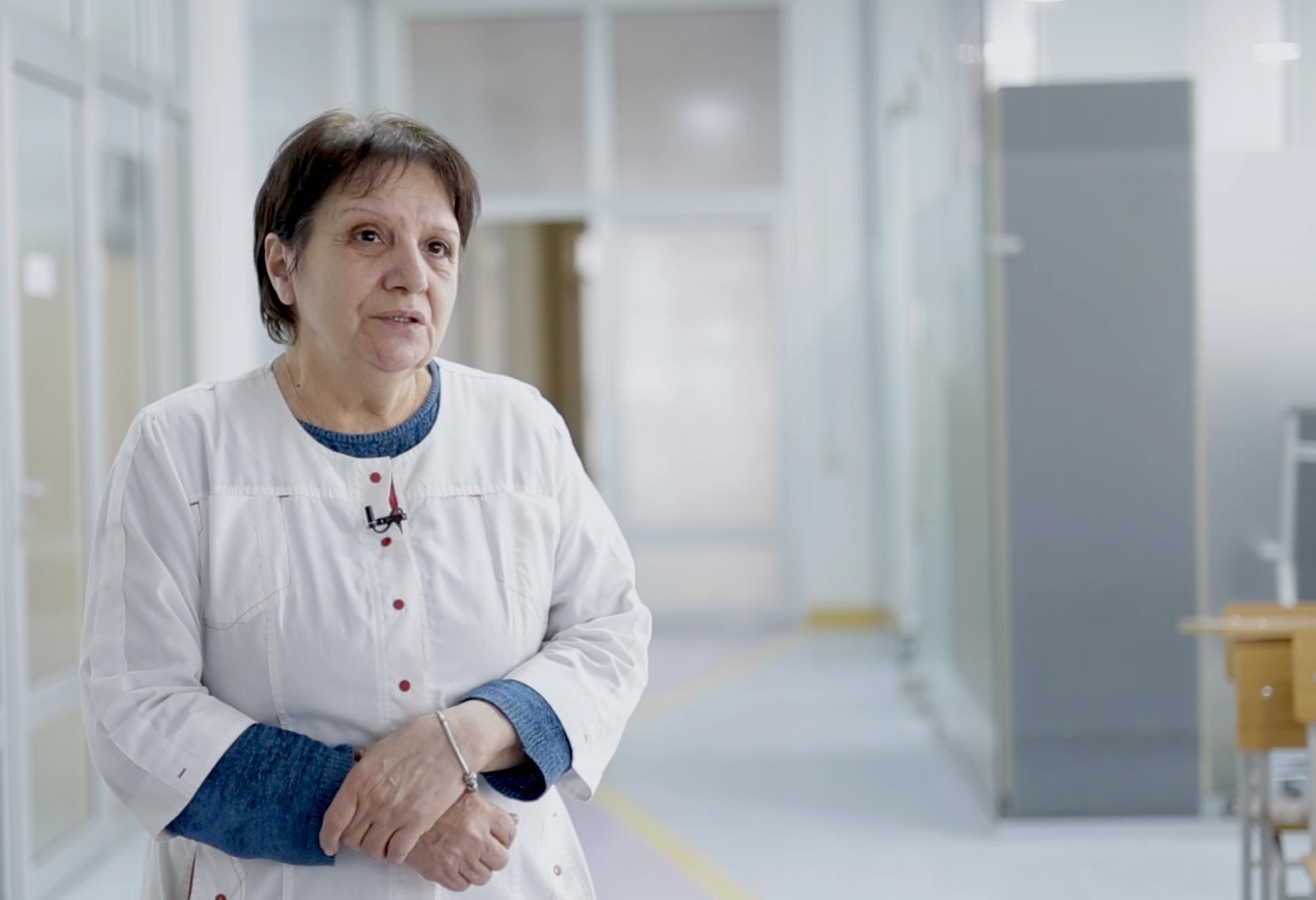
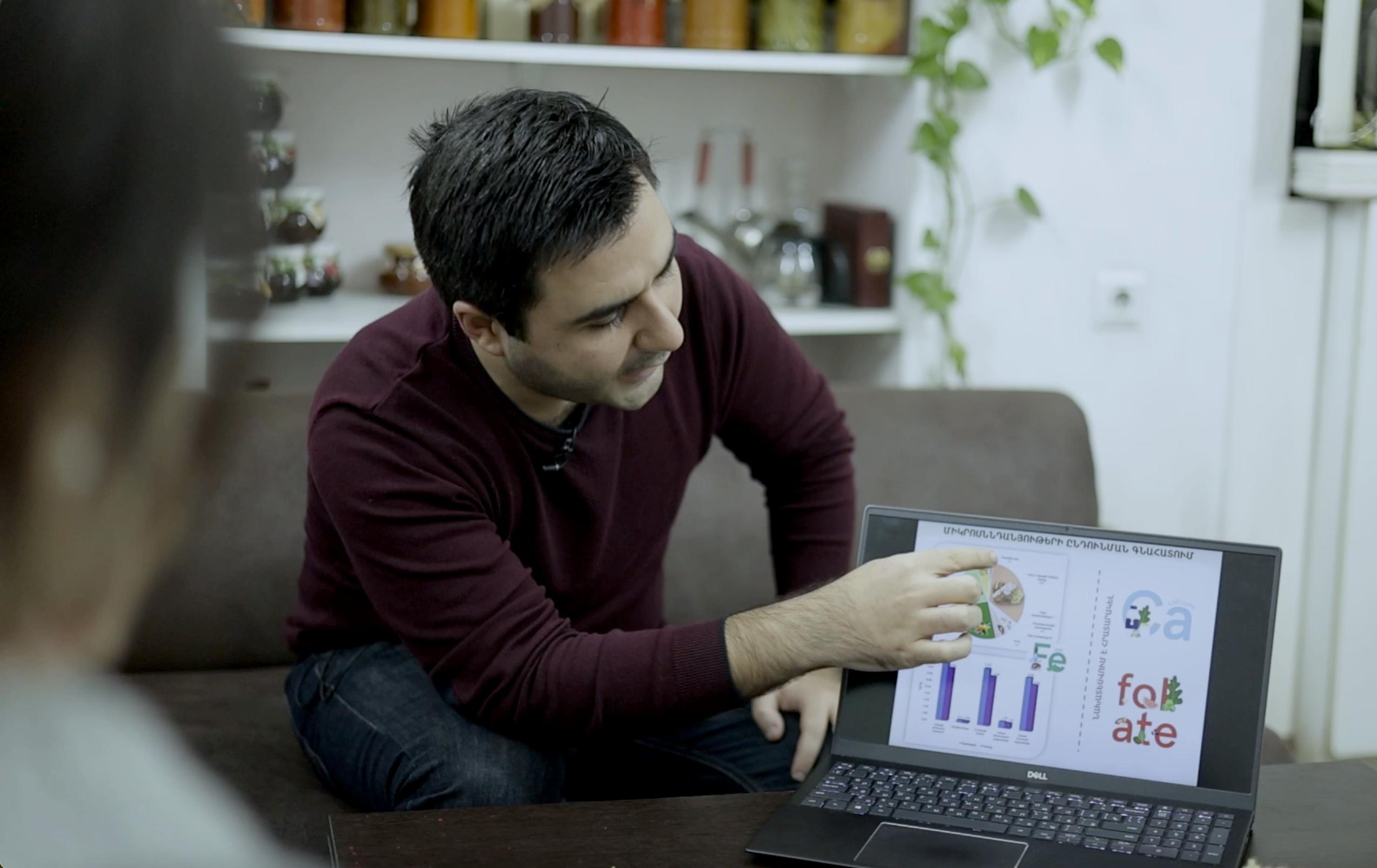
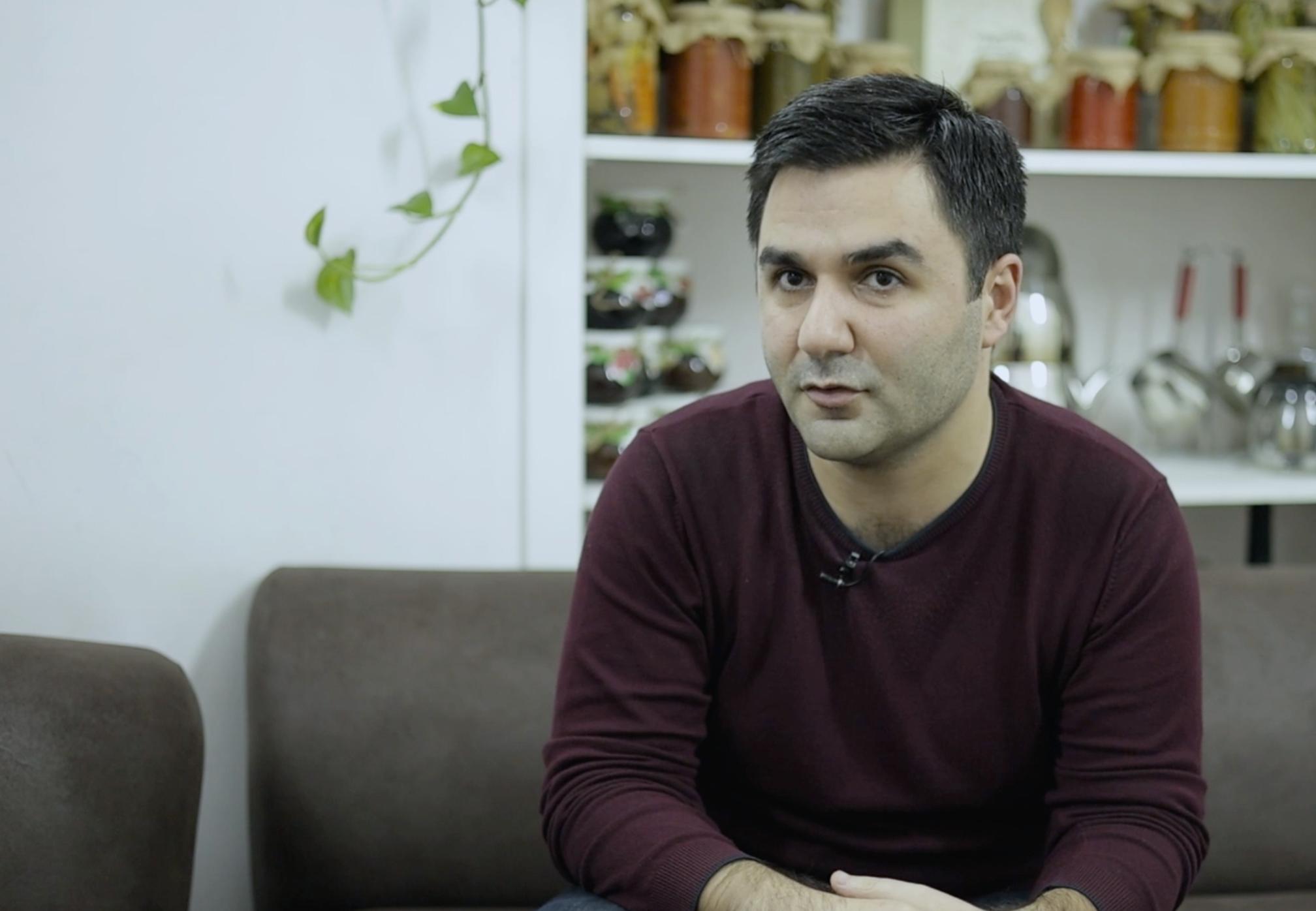

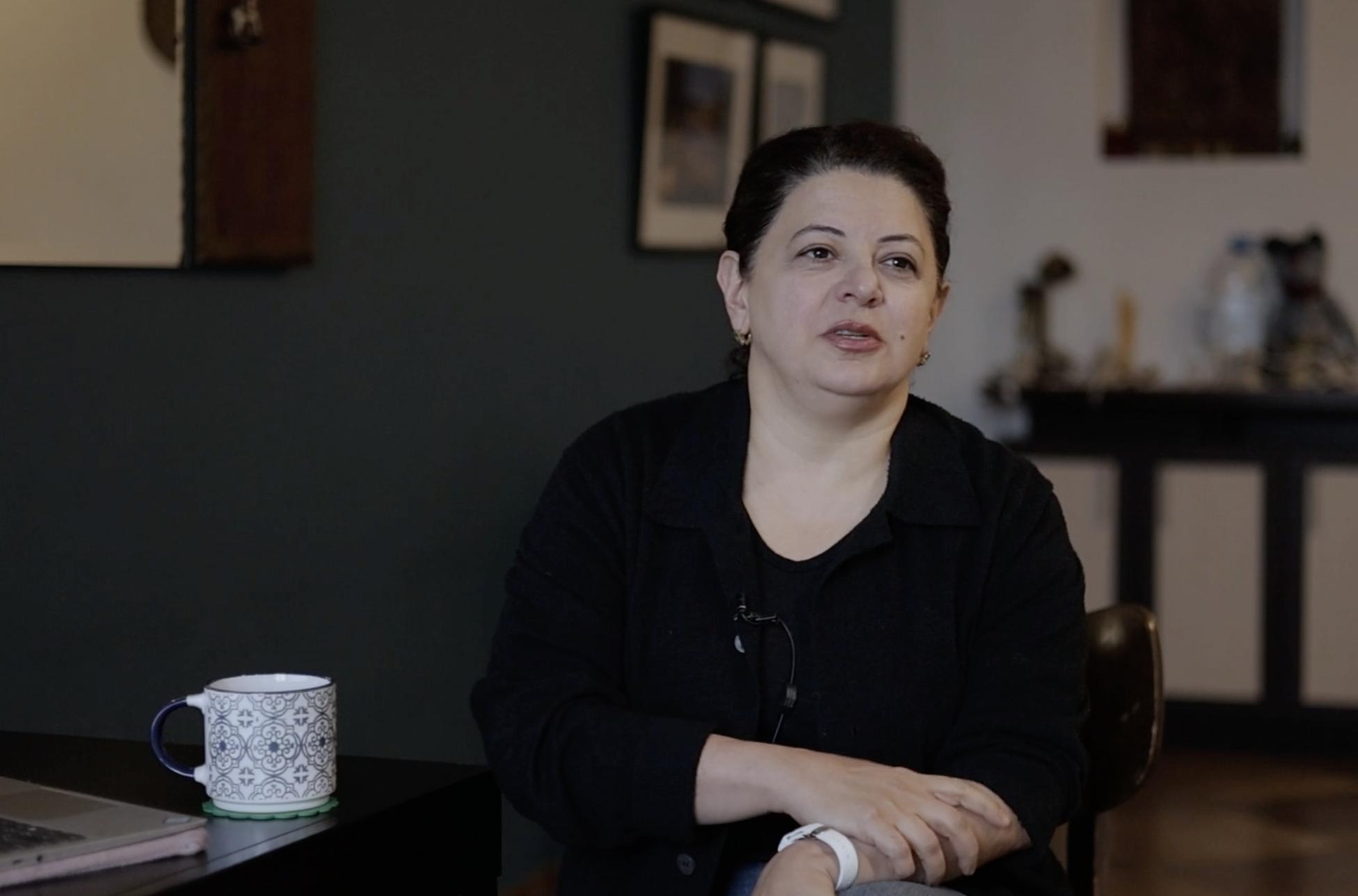
Write a comment